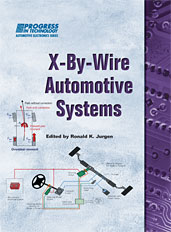Technical Paper
“Test Methodology Development for Rig Level Validation of Light Weight Stabilizer Link of EV Bus Suspension”
2024-01-16
2024-26-0357
In the modern and fast growing automotive sector, reliability & durability are two terms of utmost importance along with weight & cost optimization. Therefore it is important to explore new technology which has less weight, low manufacturing cost and better strength. The new technology developed always seek for a quick, cost effective and reliable methodology for its design validation so that any modification can be made by identifying the failures. This paper presents the rig level test methodology to validate and to correlate the CAE derived strain levels, life cycle & failure mode of newly developed light weight stabilizer link for EV Bus suspension

